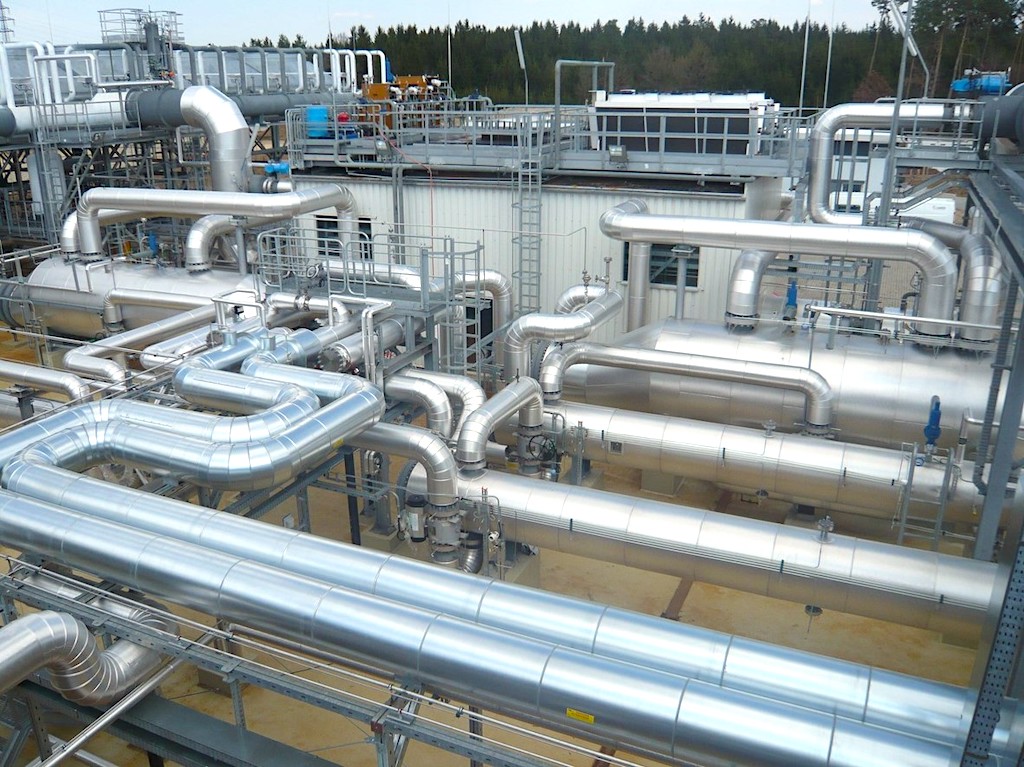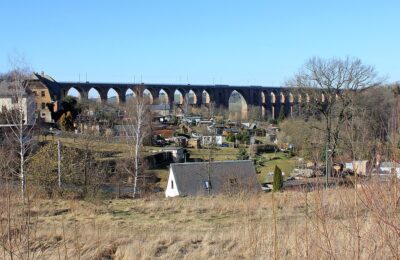Geothermal and its potential to reduce CO2 emissions
A study released by researchers of the University of Bayreuth in Bavaria, Germany highlights the role geothermal can play in cutting down C02 emissions.
As a sustainable source of energy, geothermal energy can also make a significant contribution to reducing CO? emissions in Germany. This shows a case study on the Kirchstockach geothermal power plant published by scientists at the Center for Energy Technology (ZET) at the University of Bayreuth in the journal “Renewable Energy”. Geothermal research at ZET is integrated into the Geothermal Alliance Bavaria, which has been funded by the Bavarian Ministry of Science since 2016. As part of the recently launched second funding phase, the ZET will receive around EUR 500,000.
The power plant in Kirchstockach, southwest of Munich, went into operation in 2013 and produces around 40 GWh of renewable electricity annually. The new case study for this plant offers the first comprehensive life cycle assessment of a real geothermal power plant in Germany. The partners in the study were the Karlsruhe Institute of Technology and the Martin Luther University Halle-Wittenberg.
“We analyzed the electricity supply by the geothermal power plant in Kirchstockach, particularly from the point of view of CO? emissions. It turned out that if the heat stored in the earth’s crust is used to generate electricity, the current state of the art produces fewer CO? emissions than if biogas or photovoltaics are used to generate electricity, ”says Dr.-Ing. Florian Heberle,
In Kirchstockach – as in many other geothermal power plants in Germany – a special process is used to convert the geothermal energy stored in hot thermal water into electricity: the Organic Rankine Cycle (ORC). Instead of water, an organic fluid, a so-called working medium, is coupled to the heat source. The steam generated in this way drives turbines and is used to generate electricity. The case study now comes to the conclusion that more than a third of the CO? emissions of a geothermal power plant used exclusively to generate electricity depend on the working medium used. The scientists see significant potential here for an even more climate-friendly operation of geothermal systems. “If natural refrigerants or hydrofluoroolefins (HFO) – these are novel organic compounds made from hydrogen, fluorine and carbon – are used instead of the fluids that have been used up to now, the CO? emissions in power generation can be reduced considerably,” says Heberle. He has been researching the optimized use of geothermal energy as a sustainable energy source at the at the Department of Technical Thermodynamics and Transport Processes (LTTT) for many years.
“We very much welcome the far-sighted decision by the Bavarian Ministry of Science to continue promoting the Geothermal Alliance Bavaria in a second phase until 2024. For this year alone, a total of 1.9 million euros has been made available for research projects that aim to make greater use of geothermal energy for an integrated energy supply from sustainable energy sources. The Center for Energy Technology at the University of Bayreuth will participate in this, particularly in the field of heat supply. Among other things, the focus here is on the technical, economic and ecological consideration of innovative energy systems with high-temperature heat pumps. In addition, we also cooperate very successfully with the competence center for combined heat and power at the OTH Amberg-Weiden, which is funded in parallel to the Geothermal Alliance ”, says Prof. Dr.-Ing. Dieter Brüggemann, director of the Center for Energy Technology and holder of the LTTT chair.
In addition to the University of Bayreuth, the FAU Erlangen-Nürnberg as well as the Technical University of Munich, the LMU Munich and the University of Munich belong to the Geothermal Alliance Bavaria.
Publication: Kathrin Menberg et al .: Environmental performance of a geothermal power plant using a hydrothermal resource in the Southern German Molasse Basin. Renewable Energy (2021), Volume 167, 20-31. DOI: https://doi.org/10.1016/j.renene.2020.11.028
Source: Universitaet Bayreuth


















